Quick Checks Before Using Your Ladders – Series 1
10/05/2017
At Browns, you’ll often hear us talk about the importance of ladder inspections, and for good reason. Ladders can show their age in a number of ways, and damaged ladders are liable to collapse and injure their users – sometimes fatally.
We’d always advise regular inspections by professionals, but practicing regular ladder safety means it’s also a good idea to carry out your own before and during every job. This week, we’ve summed up a quick couple of general things to check.
The Rungs And Steps
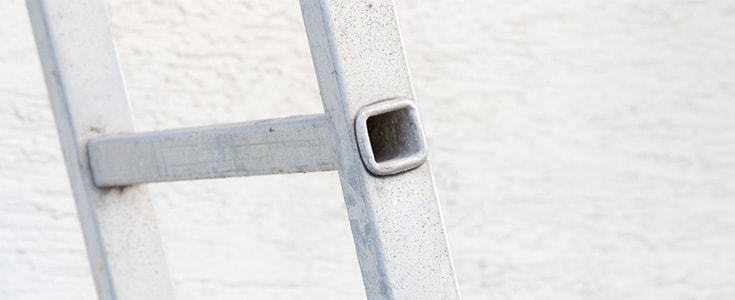
The rungs, steps or treads on your ladder are amongst the most frequent causes of slips and falls. This makes sense – they’re subject to a lot of wear and tear after all. This includes the working platform on stepladders and roof ladders, too. Before you ascend your ladder, always check what’s going to go under your feet.
Check the ladder rungs, steps or treads for:
- Not split, cracked or bent and buckled
- Fixed firmly to the side rails and not loose (that is, if you can move them with one hand)
- Not missing
- Free of mud, grease, oil or paint
- Free of contaminants or any other substances that could cause them to become slippery
Side Rails Of The Ladder
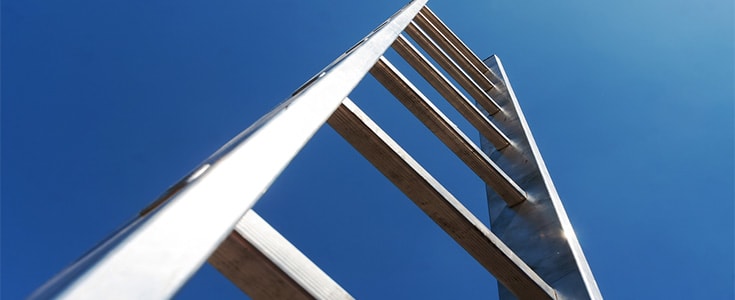
Your ladder’s side rails are what you’re going to be holding onto while maintaining your three points of contact, so they have to be subject to the same stringent inspections as the rails.
As part of your quick inspection, you’ll need to make sure that they don’t have any cracks or splits. Over time, they can sometimes become twisted or distorted, so check that this isn’t the case by sighting straight up them. If you spot even a slight deviation from a completely straight line, don’t use it.
The Ladder’s Feet
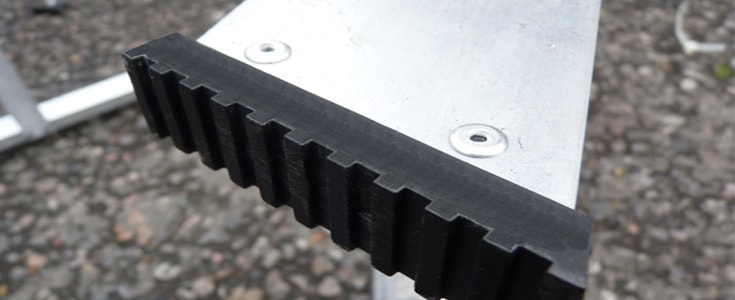
An especially key concern with more modern ladders, the ladder’s feet are key safety features that matter just as much as the rungs and side-rails. If your ladder slips against the ground, it doesn’t matter how sturdy the rest of it is – you’ll still be taking the brunt of a fall.
Checking that your ladder feet are:
- Solid and firmly in place on the bottom of the ladder
- Not worn or damaged
- Not dusty or dirty (this could affect their grip)
Locking Mechanism
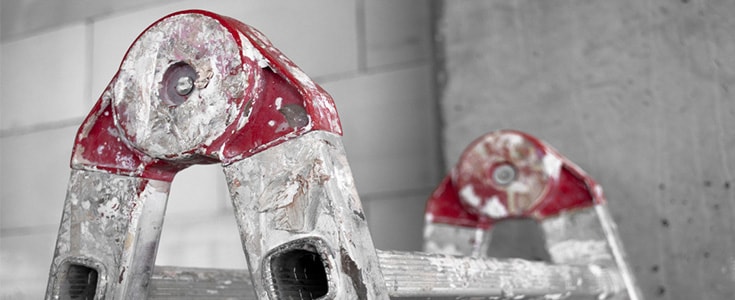
This won’t apply to many types of timber ladder, but the integrity of a ladder’s locking mechanism is a crucial safety element in just about all others. Just recently, this very issue was the reason behind a huge recall of thousands of ladders in Derbyshire. If the locking mechanism isn’t secure, the ladder is liable to collapse at a second’s notice, making it a vital check to carry out beforehand.
Expert Ladder Inspections
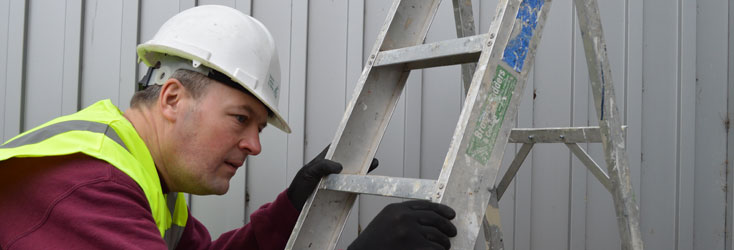
The above points are general in nature, and will apply to most ladders. Next week, we’ll talk more about the faults that are inherent to specific ladder types and materials, and how you can catch them before any accidents happen.
While pre-job checks are important, there is no substitute for a detailed inspection by a professional ladder inspector, at least once every 3 to 6 months. We carry out that very task with enthusiasm and dedication here at Browns Ladders. Our experts are masters at identifying faults and developing issues, and our business is safeguarding your physical wellbeing.
You can book a ladder inspection by clicking here, or alternatively you can call us on 01282 615517. Your safety is our priority.
Don’t forget to follow us on Twitter: @brownsladders